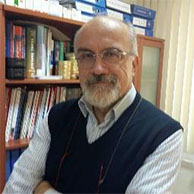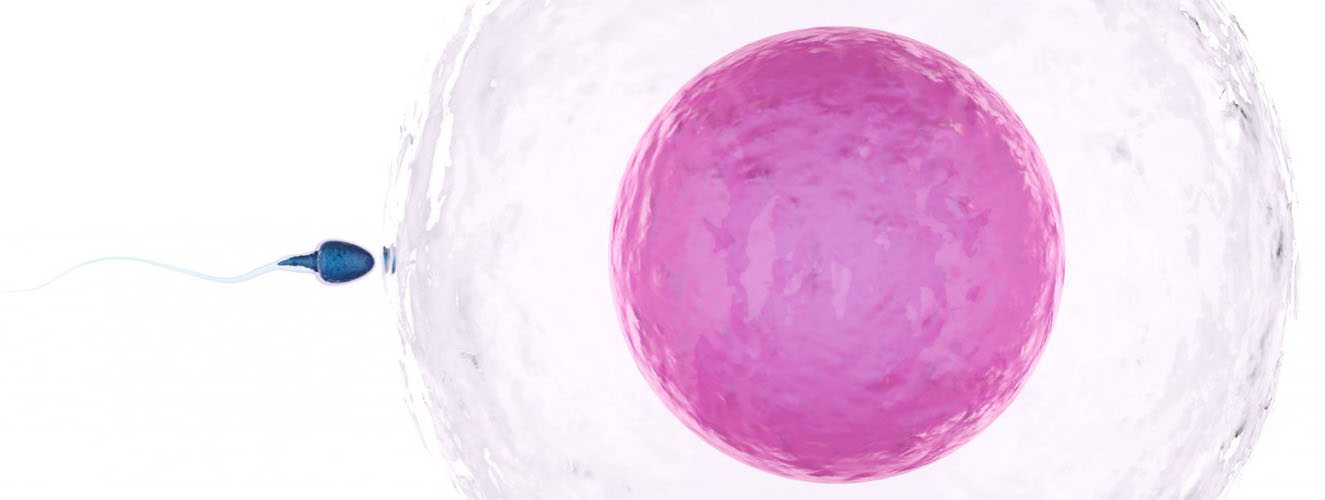



In spite of their wish, one out of ten men without children has azoospermia. Azoospermia means no sperm, dead or alive, in the ejaculate. In other words, you cannot conceive your wife by natural conception. Wow! Will I never going to have a child?
Without adequate investigation, you should not despair. First of all, it is necessary to confirm that the test is correct. In fact, to examine the ejaculates of men who were decided to undergo surgical sperm retrieval allows 10% men to avoid surgery because spermatozoa are identified in their ejaculates. Then repeat the sperm test one more, perhaps this time will be spermatozoa. It is also possible that severe, febrile diseases or medications that were subjected two months ago may have temporarily affected sperm output.
In spite of all the efforts, if spermatozoa are not found you have to check FSH and testosterone hormones. The reason we think so is that in some azoospermic men there is insufficient production of reproductive hormones in the brain, which is called as hypogonadotropic hypogonadism. In these cases, replacement of the deficient hormones may restore sperm output or, if not, sperm can be obtained from testes. Another treatable cause of azoospermia is a blockage of sperm passage somewhere in the reproductive tract. These cases can be treated successfully by microsurgical vasoepididymostomy and vasovasostomy. Congenital bilateral absence of the vas deferens is another form of obstructive azoospermia and interventional sperm retrieval coupled with ICSI may generate their own biological children.
MicroTESE is the ultimate solution to obtain spermatozoa to be used in the subsequent ICSI. In fact, microTESE reveals mature sperm in at least one-third of infertile men with non-obstructive azoospermia. However, some cases may benefit from medical treatment and sperm retrieval chances increase. For this reason detection of the patient subgroups according to their hormonal status and seminal marker results along with genetic testing would allow to select those who benefit from correction of hormonal abnormalities and subsequent intratesticular testosterone optimization treatments may increase likelihood of successful microTESE.
In approximately 15% of men who cannot obtain sperm by TESE, it is possible to find mature sperm when they undergo to second microTESE attempt either directly or after receiving hormonal treatment for a period of time. Various medical treatment protocols have been defined for this purpose. But the key factor to decide the repeated TESE is determination of a forward-looking treatment plan during the former TESE attempt. Whether sperm production started or not, may be predicted by following some newly identified seminal markers during the treatment course. We call such a treatment schedule as “Multi-dimensional microTESE” model.
If the above treatment scheme is followed thoroughly it may be possible to obtain sperm in more than half of men with azoospermia. In the rest, adoption or sperm banks are alternative options. Studies on stem cells give hope for the future.
You can send your questions to
Prof.Dr. Kaan Aydos
Mahatma Gandhi Caddesi, 19/7 06700 Cankaya, Ankara / TURKEY
+90 312 437 3121 +90 312 508 2258